The top 10 most-viewed resources on the Better Buildings Solution Center from the past month feature strategies for low carbon technologies, clean energy access in low-income communities, project financing, and more. This list also highlights solutions from partners New York City Housing Authority, IHG Hotels & Resorts, and Ford Motor Company. Check out this month’s line up!
1. Low Carbon Technology Strategies Toolkit
To help building owners and operators reduce carbon emissions, this toolkit offers guidance on how to achieve deep carbon reductions in existing buildings with a primary focus on retrofits and operational strategies. Low carbon technology strategies are currently available for 10 building types, with a supplement for commercial kitchen equipment. Recommendations are grouped by technology, with actions categorized as either simple, intermediate, or advanced. Read more.
2. Clean Energy for Low-Income Communities (CELICA) Toolkit
Low-income households spend about 8% of their income on energy costs, three times more than average. Better Buildings Accelerator partners committed $335 million to help 155,000 low-income households access energy efficiency and renewable energy benefits, collecting resources and lessons learned into the CELICA Toolkit. The toolkit includes a guide to program development and replicable program models for single-family and multifamily housing, as well as community solar. Read more.
3. Smart Energy Analytics Campaign Toolkit
With analytic software applied to everyday building operations, owners are using data to their advantage and realizing cost savings through improved energy management. This toolkit collects the best resources from DOE’s Smart Energy Analytics Campaign to help facility owners and managers take advantage of savings opportunities and performance improvements from energy management information systems (EMIS) and ongoing monitoring practices. Read more.
4. Green Revolving Funds Toolkit
This collection of solutions provides guidance on establishing a green revolving fund to overcome a lack of dedicated capital. A green revolving fund is an internal capital pool dedicated to funding energy efficiency, renewable energy, and sustainability projects that generate cost savings. A portion of those savings is then used to replenish the fund, establishing an ongoing funding vehicle to help drive energy efficiency and sustainability investment over time. Read more.
5. Showcase Project: New York City Housing Authority: 344 East 28th Street
To address energy challenges faced at its 344 East 28th Street multifamily apartment complex, Better Buildings Challenge partner New York City Housing Authority (NYCHA) conducted an extensive lighting, heating, and hot-water modernization project. Energy-efficient upgrades made to these building systems, as well as NYCHA’s first-ever deployment of renewable technologies, resulted in nearly 40% annual energy savings and nearly $114,000 in cost savings. Read more.
6. Energy Savings Performance Contracting (ESPC) Toolkit
This collection of resources enables state and local communities to benefit from the experience of partners who have successfully established and implemented performance contracting. It includes best practices and innovative approaches that states, cities, and K-12 schools have used. Users can easily find the information they need at each stage of their ESPC decision-making process. Read more.
7. High-Efficiency RTU Replacement Toolkit
This toolkit helps HVAC contractors and service companies work with their customers through a step-by-step process of evaluating and managing their inventory of rooftop units (RTUs) and how to evaluate the business case for high-efficiency replacements. From an incentives database to a comparison calculator, the toolkit provides everything needed to make an informed decision regarding RTU replacements. Read more.
8. IHG Hotels & Resorts Green Engage™ Program
IHG Hotels and Resorts, a Better Buildings Alliance partner, created the IHG Green Engage™ system as a comprehensive online sustainability platform. It allows hotels to track, measure, and report on their carbon footprint and utility consumption. With over 200 Green Solutions, including detailed action plans, guidance, and case studies, Green Engage can help hotels avoid up to $67 million in utility costs while significantly reducing their carbon footprint. Read more.
9. Engaging Tenants in Energy Efficiency Toolkit
Building occupants can control up to 80% of energy use in a commercial building. Tenant engagement in energy efficiency initiatives is crucial to unlocking the full energy savings potential. This toolkit outlines successful strategies and resources for bridging the tenant-landlord divide through green leasing guidance, tenant improvement and build-out best practices, and examples of successful communication with tenants regarding energy efficiency opportunities. Read more.
10. Ford Motor Company: Dearborn Campus Uses a Digital Twin Tool for Energy Plant Management
A digital twin is the virtual representation of an object or system across its life cycle that helps operators quickly identify problems. Better Plants partner Ford Motor Company is using a digital twin of the new central energy plant (CEP) at its Dearborn Research and Engineering Campus, which is projected to reduce campus energy and water use by 50%. The digital model helps the Ford team manage potential risks by monitoring functions across the CEP and providing real-time data for increased visibility and more efficient operations. Read more.
